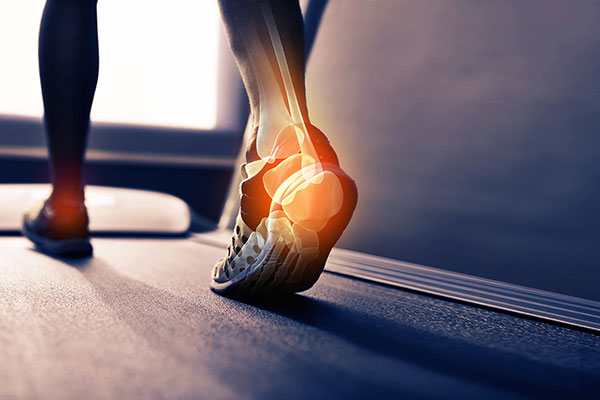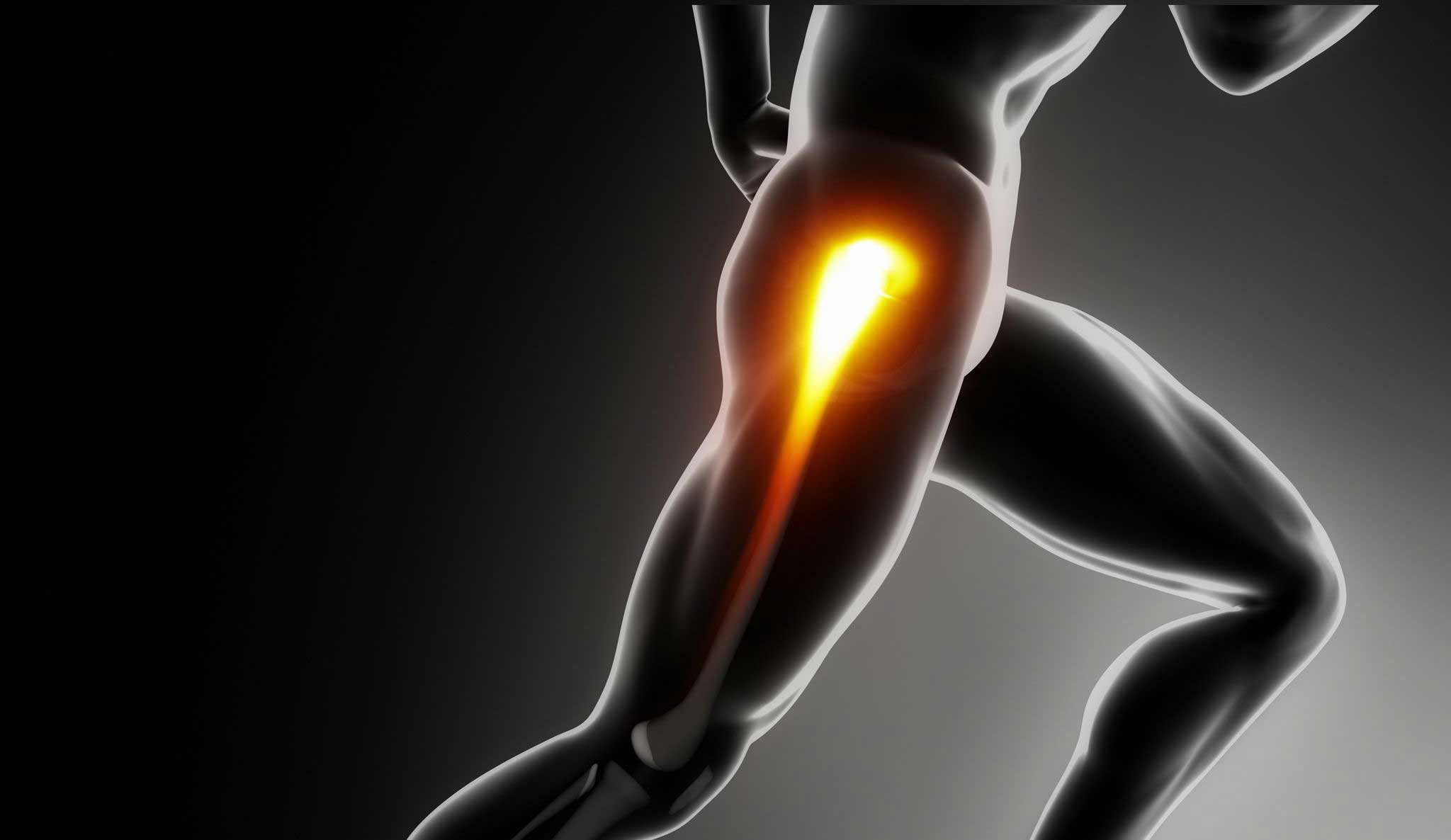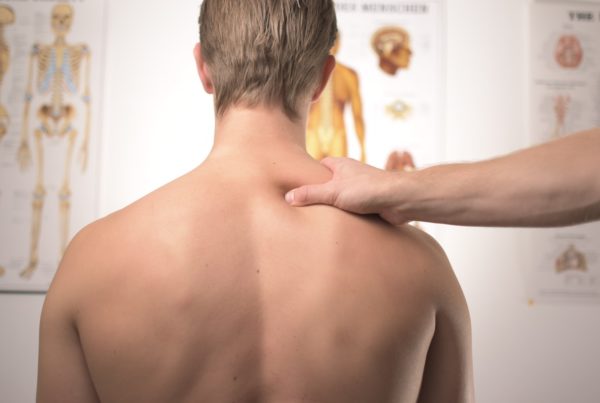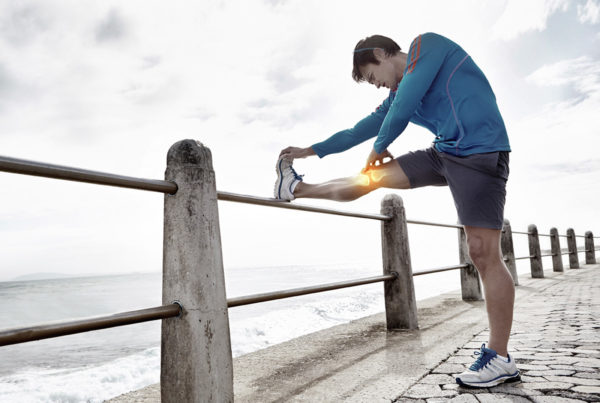Most of us walk without thinking about it. It’s automatic—just a way to get from point A to B. But what if the way you walk is quietly impacting your health, energy, and quality of life?
A poor gait pattern—the term for inefficient or imbalanced walking mechanics—might not seem like a big deal. Yet research shows that how you move through the world affects everything from joint health to cognitive function.
 What Is a Gait Pattern?
What Is a Gait Pattern?
Your gait is the manner or style of your walking. It involves coordinated movement of the legs, arms, trunk, and feet. A healthy gait pattern is symmetrical, fluid, and energy-efficient. A poor gait pattern, on the other hand, may include compensations like limping, dragging a foot, stiff movements, uneven arm swings, or misalignment in posture.
Common Causes of Poor Gait
-
Muscle imbalances or weakness (especially in the hips, glutes, or core)
-
Old injuries (ankle sprains, knee surgery, hip replacements)
-
Poor posture or spinal alignment
-
Neurological conditions (e.g., Parkinson’s, stroke, or neuropathy)
-
Foot issues (flat feet, bunions, plantar fasciitis)
-
Sedentary lifestyle and lack of movement awareness
Health Problems Linked to Poor Gait
1. Joint Pain and Wear-and-Tear
When your gait is off, you place uneven forces on your joints—especially the knees, hips, and lower back. Over time, this increases the risk of osteoarthritis, cartilage damage, and chronic pain.
A study in the journal Gait & Posture found that abnormal gait mechanics are strongly associated with knee osteoarthritis progression [1].
2. Poor Balance and Fall Risk
An inefficient or unstable gait significantly increases your risk of falling, especially as you age. Small compensations—like favoring one leg or shuffling—can gradually weaken stabilizing muscles and reduce proprioception (your body’s awareness of position in space).
3. Back and Neck Pain
Misalignments in gait often lead to overuse of certain muscle groups to compensate for instability. This can create chronic tension and pain in the lumbar spine, shoulders, and neck, especially when paired with poor sitting posture.
4. Reduced Athletic Performance
For athletes or active individuals, gait dysfunction can rob you of power, speed, and agility. It also increases the risk of overuse injuries, like shin splints, IT band syndrome, or Achilles tendinopathy.
Signs Your Gait May Need Attention
-
Uneven shoe wear (especially on heels or outer edges)
-
Chronic lower back, hip, knee, or foot pain
-
Fatigue or soreness after walking short distances
-
Visible asymmetries in stride or posture
-
Reduced walking speed or stride length
 What You Can Do About It
What You Can Do About It
1. Gait Analysis
Get a professional assessment—often done by physical therapists, sports medicine doctors, or movement specialists. They can use video, pressure-sensitive mats, or wearable sensors to detect inefficiencies.
2. Corrective Exercise
Targeted strength and mobility work (especially in the hips, ankles, and core) can dramatically improve gait mechanics.
3. Posture and Footwear
Improving upright posture and choosing footwear with proper support can reduce compensations and realign your stride.
4. Somatic and Movement Therapies
Approaches like Feldenkrais, Alexander Technique, and even yoga can increase body awareness and help retrain movement patterns.
Final Thoughts
Walking is one of the most fundamental movements we do—but it’s also one of the most overlooked. A poor gait pattern isn’t just a mechanical problem; it’s a whole-body issue that can drain your energy, damage your joints, and affect your mental clarity.
The good news? Gait is changeable. With the right awareness and support, you can walk with strength, balance, and integrity.
Sources
-
Mündermann, A., Dyrby, C. O., Andriacchi, T. P. (2005). “Secondary gait changes in patients with medial compartment knee osteoarthritis: increased load at the ankle, knee, and hip during walking.” Gait & Posture, 21(2), 153–161.
-
Montero-Odasso, M., et al. (2020). “Association of Gait Variability and Cognition in Older Adults: A Population-Based Study.” Scientific Reports (Nature).
-
Perry, J., & Burnfield, J. M. (2010). Gait Analysis: Normal and Pathological Function. SLACK Incorporated.
-
Sutherland, D. H. (2002). “The evolution of clinical gait analysis part II kinematics.” Gait & Posture, 16(2), 159–179.
-
Hausdorff, J. M. (2005). “Gait variability: methods, modeling and meaning.” Journal of NeuroEngineering and Rehabilitation, 2, 19.
Disclaimer Notice Warning: All information provided Eric Hammer, Registered Physiotherapist/registered psychotherapist is of a general nature and is furnished only for educational/entertainment purposes only. No information is to be taken as medical or other health advice pertaining to any individual specific health or medical condition. You agree that use of this information is at your own risk and Eric Hammer, Registered Physiotherapist/registered psychotherapist harmless from any and all losses, liabilities, injuries or damages resulting from any and all claims.

